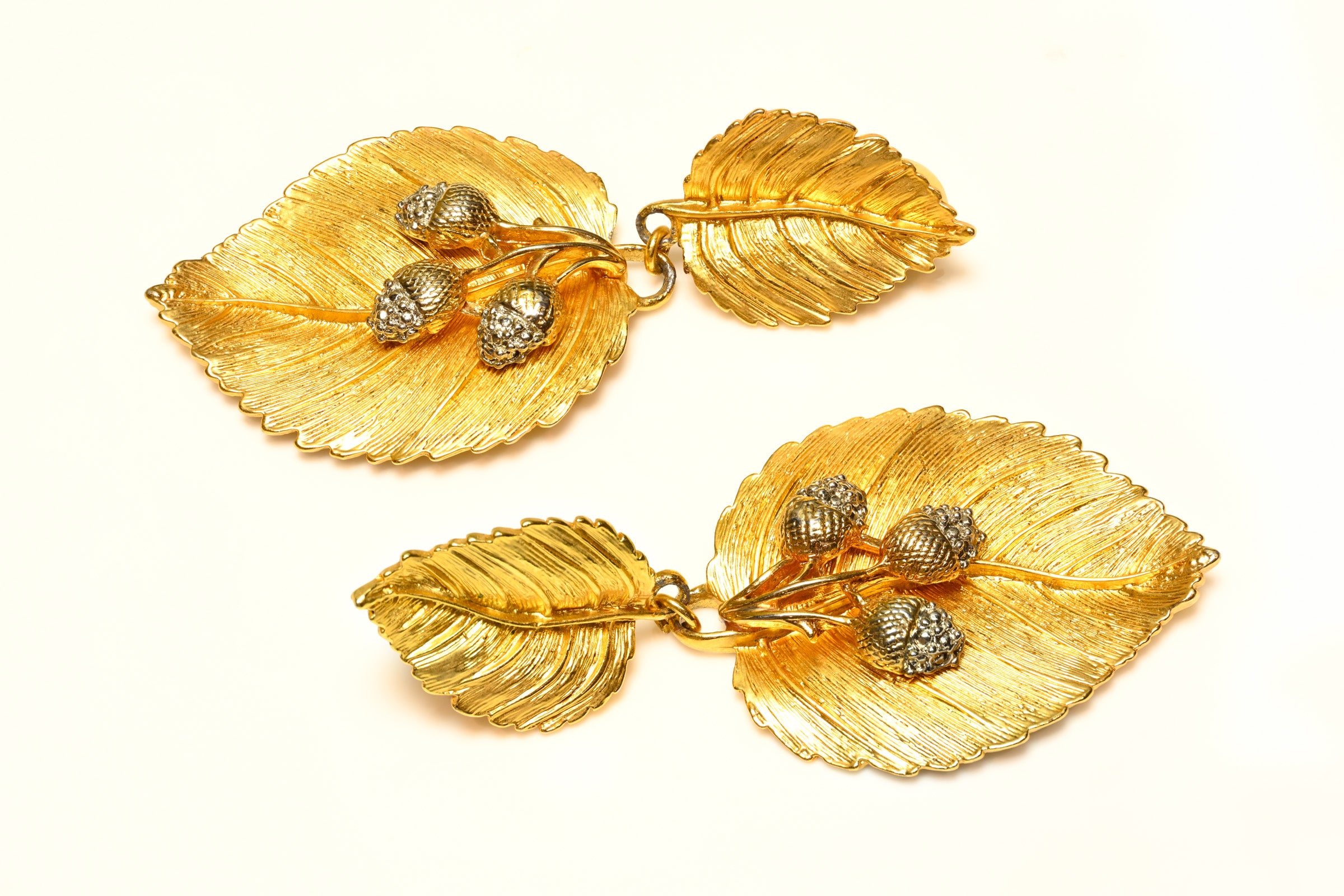The Scent of Eternity, a 3,500-year-old perfume discovered in Egypt
Scientists have decoded an ancient fragrance aroma, a 3,500-year-old perfume they have dubbed "the scent of eternal life".
Discovered in Egypt's Valley of the Kings, the "scent of eternity" as it is still called, was brought back to life after its ingredients, which were used in Egyptian mummification balms, were identified by researchers.
According to CNN, those keen to smell this scent of the past will be able to do so during an exhibition to be held at the Moesgaard Museum in Denmark.
The Scent of Eternity
Beeswax, plant oils, and certain tree resins are the basic elements of the fragrance.
All of these were found by the team of researchers in the balsams used more than 3,500 years ago to embalm Senetnay, a noblewoman whose remains were placed in canopic jars (burial vessels with a human or animal head molded on the lid and in which the entrails of the dead were placed) discovered in 1900 in the Valley of the Kings.
"The embalming ingredients found in Senetnay's balsams are among the most elaborate and diverse ever identified from this period, revealing the meticulous and sophisticated care with which the balsams were created," said lead study author Barbara Huber, a Ph.D. researcher at the Max Planck Institute of Geoanthropology in Germany.
"The presence of such a wide range of ingredients, including exotic substances such as Dammar or pistachio resin, indicates that extremely rare and expensive materials were used for embalming. This indicates Senetnay's exceptional status in society," Huber added.
Senetnay – the Adored of the King
Very little is known about Senetnay, but previous research has established that she lived around 1450 BC and was the nanny of Pharaoh Amenhotep II, the long-awaited son and heir of Pharaoh Thutmose III.
According to historical documents, Senetnay was given the title "Adored of the King", and became a valued member of the pharaoh's entourage.
After her death, the woman's vital organs were embalmed and placed in four canopies, urns with lids shaped like human heads.
The Egyptians carefully removed her lungs, liver, stomach, and intestines during the mummification process to prevent the growth of bacteria and to better preserve the body.
They believed in preserving the body for the afterlife so that a person's soul would have a place to return to.
After embalming, the jars were placed in a royal tomb in the Valley of the Kings, where it was discovered hundreds of years later by Egyptologist Howard Carter, but Senetnay's body was never recovered.
The two jars that once contained Senetnary's lungs and liver are part of the Egyptian collection at the August Kestner Museum in Hanover, Germany, since 1935.
They survived destruction during World War II and were stored in a salt mine. The other two jars, which were not part of the study, are held in collections elsewhere.
The Balsams
Although the contents are long gone, scientists were able to scrape out the inside of the jars to study the residue left behind by the balsam, as well as what seeped into the porous limestone of the jars.
Without exact recipes used in mummification, the team began their research to identify the balsam's ingredients in 2021.
The researchers used a variety of highly advanced analytical techniques. The balsams were slightly different between the two jars, meaning different ingredients could have been used depending on which organ was preserved.
The balsams contained beeswax, vegetable oils, animal fats, bitumen, and resins from natural petroleum products.
Compounds such as coumarin, which has a vanilla-like smell, and benzoic acid were also present. Coumarin is found in pea and cinnamon plants. Benzoic acid is found in resins and gums from trees and bushes.
In the jar used to store Senetnay's lungs, researchers detected fragrant resins from larch and something that is either Dammar from trees found in India and Southeast Asia or resin from pistachio trees that belong to the cashew family.
"If it's dammar, it's come a shockingly long way, and this offers a new perspective on ancient trade networks. The journey was extremely difficult, and significant expeditions by sea were still relatively rare.
It is unlikely that the Egyptians themselves traveled to these distant lands, but rather that they were part of trading networks that linked with other networks. But these were the early phases of the globalized world we live in today," Boivin said in an e-mail.
If dammar is confirmed as an ingredient, it would also suggest that the Egyptians had access to resin almost a millennium earlier than expected, the study authors said. Dammar was recently identified as an embalming ingredient at Saqqara, dating to the first millennium BC.
The new findings suggest that the relatively complex balsams used in Senetnay's preservation may have been the beginning of a trend to use more elaborate ones later on.
A Perfumer and a Sensory Museologist Recreated the Scent of Eternity
It took them months and multiple theories, according to Huber, to find a perfume that was both historically authentic and evocative.
"The first time I encountered the scent, it was a profound and almost surreal experience. After spending so much time immersed in research and analysis, there was finally this tangible, aromatic connection to the ancient world. It was like having a faint echo from the past," she said.
The research team wanted to give museum visitors a more immersive experience of the ancient world by incorporating an olfactory element while making it more accessible to visually impaired visitors, she continued.
"The Scent of Eternal Life" is part of an ancient Egyptian exhibition at the Danish museum that opened in October.
"Perfume offers a unique, visceral connection to the past, invoking a kind of time travel that is intimate and evocative. By reintroducing this ancient scent, we aim to bridge the gap between then and now, allowing visitors to truly 'breathe' a fragment of antiquity," Huber added.


















